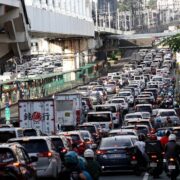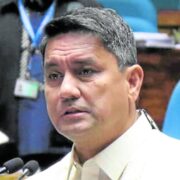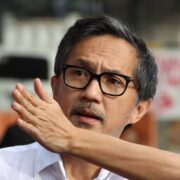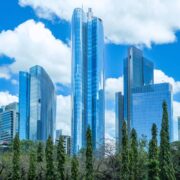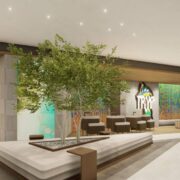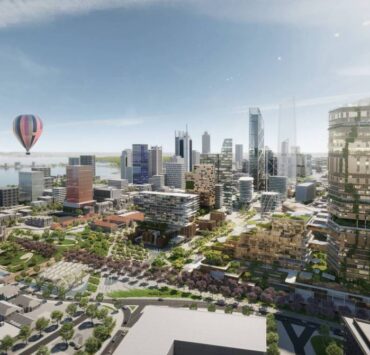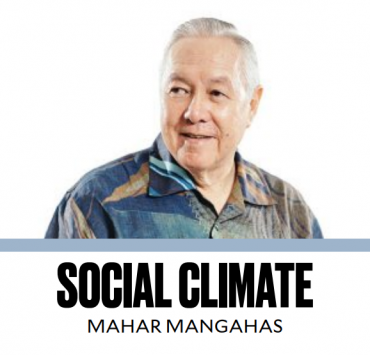The value of contrived urban aesthetics
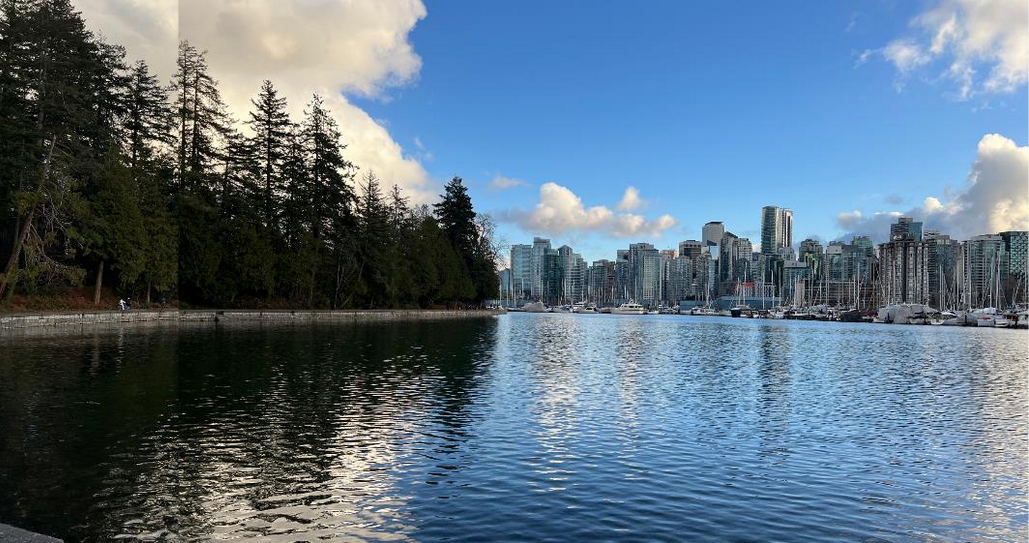
Just as art should not be the exclusive domain of the financially privileged, the enjoyment of the city as a thoughtfully designed space should also be accessible to all, regardless of social class.
The city being an outcome of spontaneous and structured processes (Debray, et al, 2023) may be organized towards intended consequences.
What are aesthetic urban spaces and how are these created?
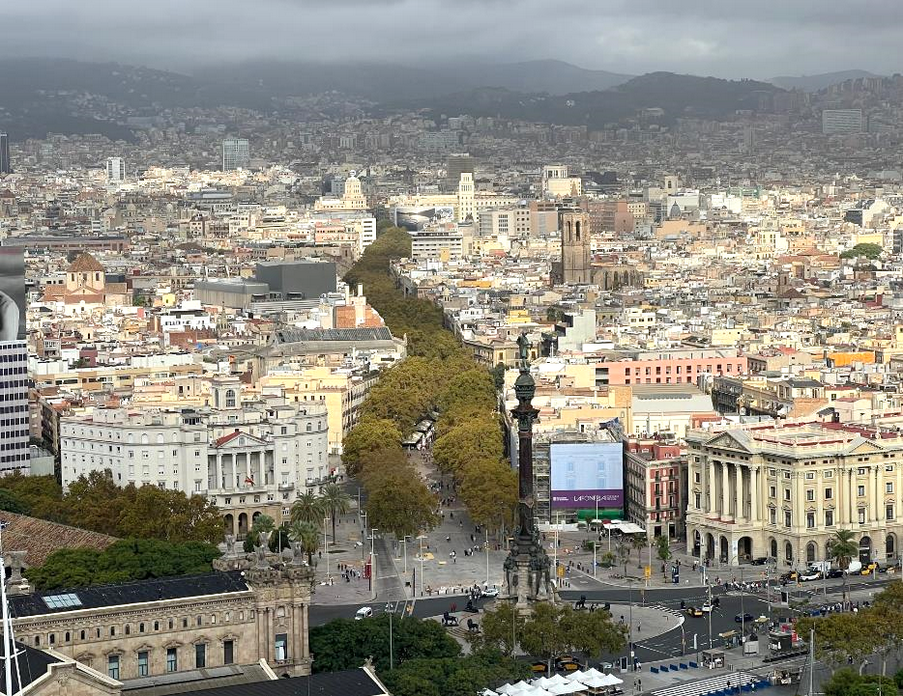
Elements of aesthetics
We keep hearing that aesthetic standards are relative, meaning perception plays a role in distinguishing between what is visually appealing and what is considered offensive.
Through the years, however, humanity has developed a shared language for beauty based on universally accepted elements and principles of aesthetics. While we rely on our sensibilities, we also often refer to the elements of form, color, scale, and texture.
Putting together parts to create a pleasing whole is guided by the principles of balance, coherence, complementarity, proportion, and hierarchy, among others (Hameed, 2022). The process of producing art is governed by techniques which may be learned or passed on.
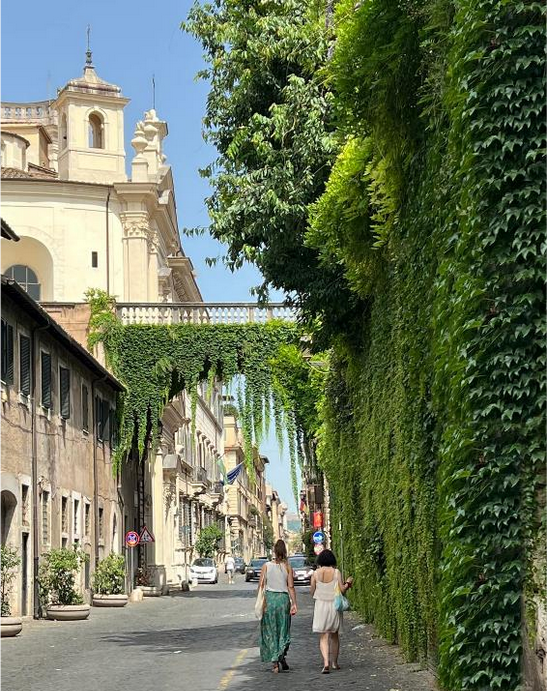
Space production factors
Creating urban space as an art form never begins with a blank canvas. Not even the new towns and masterplanned developments that are created from vacant or reclaimed land can be devoid of context.
Planning for built-up areas with rich histories and complex social networks entails a deep understanding of the elements that need to meld towards a harmonious whole. Cities are live entities with dynamic and multi-layered contexts defined by physical geography, social relations, economies and politics (Berleant, 1986; Rezafar, 2023).
Designing urban spaces inevitably comes with challenges posed by considerations that include conflicting needs and wants among the constituents.
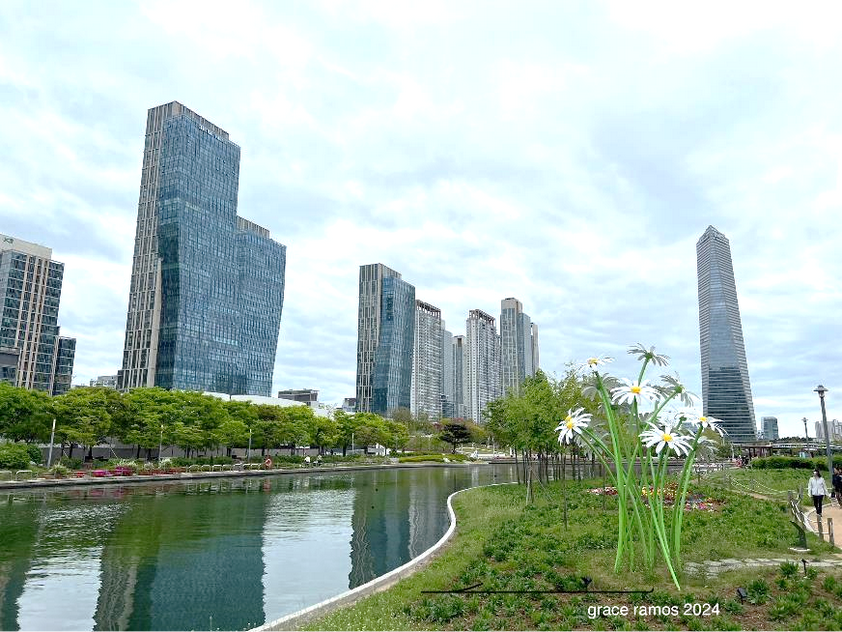
Contrived spaces
Designing within constraints requires foresight and imagination. Intentional spaces are shaped by clear, realistic, and trailblazing visions.
Creating beautiful spaces in seemingly chaotic and dysfunctional cities is the whole point of the design process.
Stakeholder participation with professional guidance makes for aesthetic and functional spaces. Recognizing the role of the professional disciplines–from architecture, landscape architecture, environmental planning, interior design to engineering–in the designed and built environment is essential to sustaining development impetus beyond political administration terms.
Legislation, budgets and infrastructure support are key to getting plans off the design blueprints.
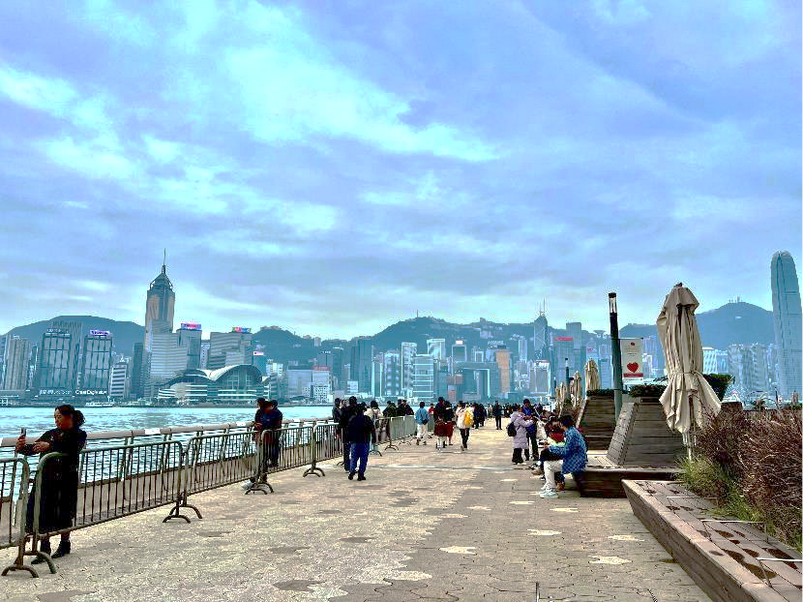
Value of beautiful urban spaces
Urban design features that account for aesthetics may be considered as local investment rather than purely cost items.
Land allocated for parks and greenery should not be perceived as wasted space with zero economic value. Investments in outdoor sculptural pieces, well-designed benches, tastefully conceptualized signage systems, lighting and water features, may all be recouped over the long-term in quantifiable form.
All these features that embody form and function enhance neighborhood quality that figures significantly in real estate value. Visually appealing commercial grounds attract patrons and consequently boost sales.
The environment where people move in influences productivity, physical health, and mental well-being. Public spaces affect the nature of social interactions that are essential to cooperative endeavors.
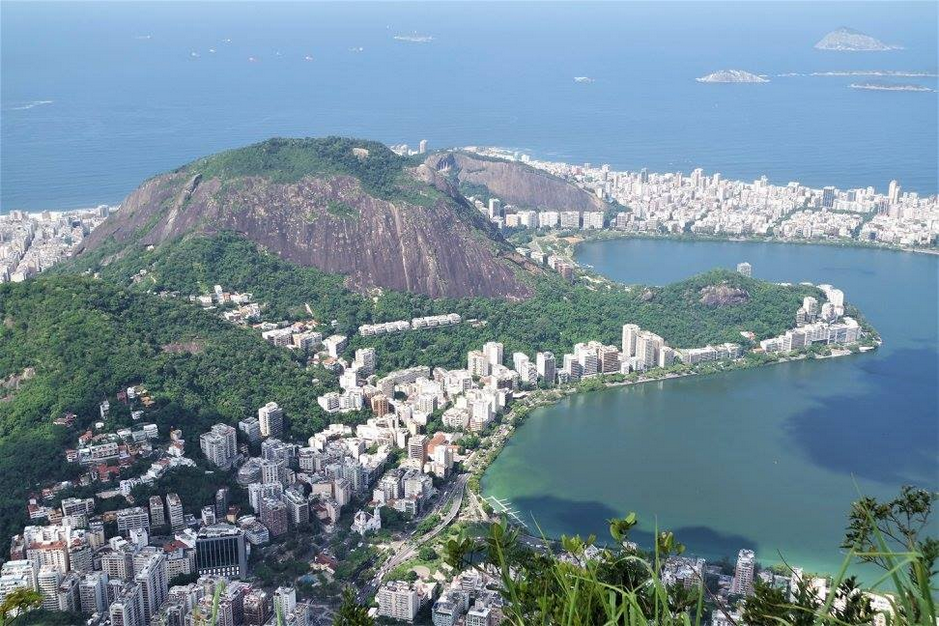
Optimizing aesthetic value
What does it take to feel the benefits of urban aesthetics? Are tastefully disposed spaces only for the financially well-off, be these individuals, households or local governments?
Investments are largely financial items, especially at city scale and, therefore, would require budget allocations.
But aside from material inputs, other factors such as access to information and community organization would help optimize resources for enhancing place values. Learning techniques through training, knowing the locations of sites that may be developed, and consciously directing the urban environment enhancement as a community can all complement or compensate for the lack of financial resources.
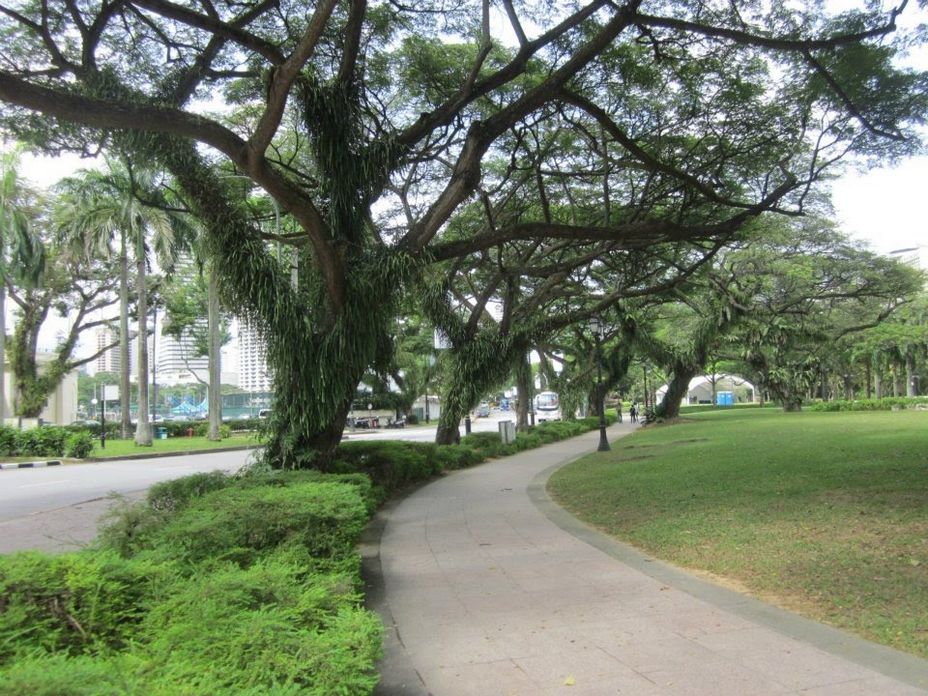
Leveling the field
Understanding the word “public” is key to making urban aesthetics work for all, regardless of social class.
Public realm refers to common spaces often in inalienable land that should be visually and physically accessible for free (O’ Sullivan, 2010). Public infrastructure complements private initiatives through the creation of functioning environments.
Public governance ensures enjoyment of the public realm by everyone through the enforcement of laws governing open spaces, parks, view corridors, accessibility. Public and private entities may also collaborate towards delivering and maintaining spaces from which both may mutually benefit.
Livable cities are supposed to be composites of beautifully crafted spaces that represent the harmonious interactions of their constituents
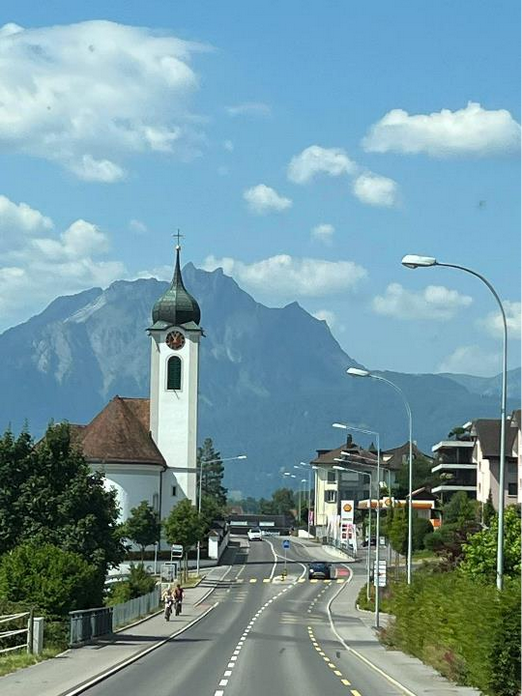
References: Berleant, A. (1986). Cultivating an Urban Aesthetic. Diogenes. 34. 1-18; Debray, H., Kraff, NJ, Zhu X, Taubenböck, H. (2023), Planned, unplanned, or in-between? A concept of the intensity of plannedness and its empirical relation to the built urban landscape across the globe, Landscape and Urban Planning; Hameed, U. (2022). Elements and principles of art & design; O’ Sullivan, N. ed. (2010). The Concept of the Public Realm, First Edition. Routledge; Rezafar, A. (2023). The effect of politics on the formation of urban aesthetics, the case of Iran, Cities, Volume 132; https://doi.org/10.1016/j.cities.2022.104095.
The author is an architect, urban planner and professor at the University of the Philippines Diliman College of Architecture






